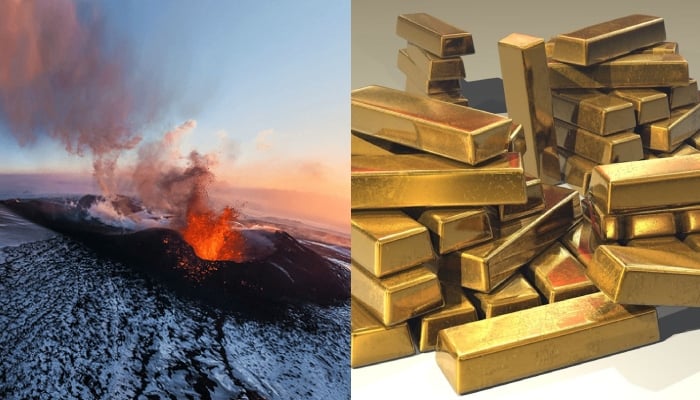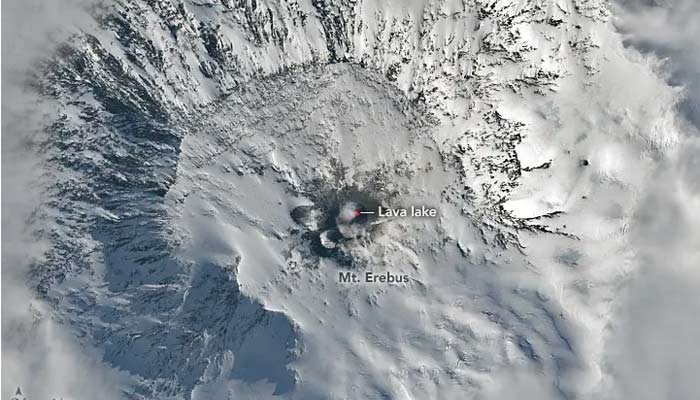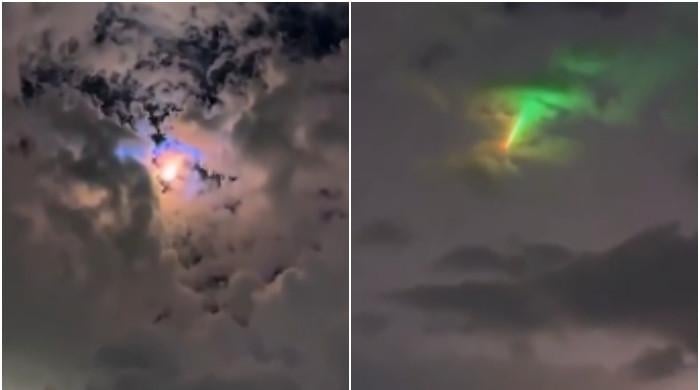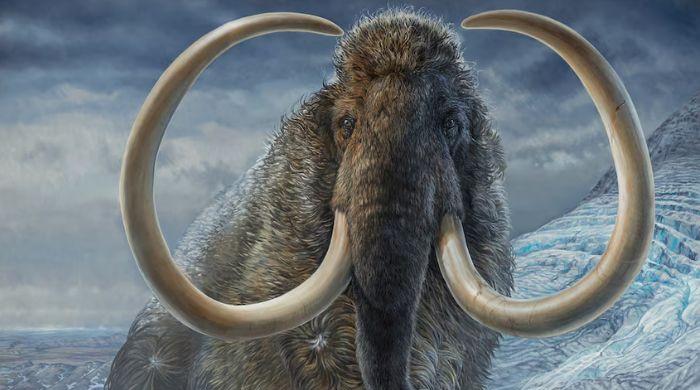Antarctica volcano spews gold dust worth $6k daily — but there's a catch!
Experts say volcano in Antarctica has been spewing gold since 1972
April 18, 2024

Experts have detected approximately 80 grams of crystallised gold in pockets of gas being emitted from Mount Erebus, one of Antarctica's 138 active volcanoes, the New York Post reported citing a report by IFL Science.
Additionally, the volcano, which joins Deception Island, is one of the two active volcanoes in the region and spews gold dust, that is worth $6,000, daily.
However, it might be difficult to collect or investigate further as the mountain is not easily accessible.
The National Aeronautics and Space Administration (Nasa) Earth Observatory reports that precious metal dust has been detected as far as 621 miles from Erebus' southernmost lava-spewer, which is 12,448 feet high, as part of other spewing phenomena.
"It regularly emits plumes of gas and steam, and occasionally spits out rock (bombs)," according to Nasa.

According to Conor Bacon of Lamont-Doherty Earth Observatory at Columbia University in New York, Erebus has been continuously erupting since 1972.
He added that the mountain is also known for containing a "lava lake" at one of its summit craters.
"These are actually quite rare, as it requires some very specific conditions to be met to ensure the surface never freezes over."
However, there is still a lack of knowledge about volcanic format in Antarctica and the potential events that could activate the remaining hundred-plus icy volcanoes.
This lack of consistent research is often the result of geographic isolation.
Bacon says that Erebus and Deception Island have a limited number of "permanent monitoring instruments" that "primarily consist of seismometers to detect seismic activity associated with volcanic unrest."
"From time to time, researchers will deploy more extensive networks of instruments to conduct specific studies, but this naturally comes with a huge number of logistical challenges when compared to the many, far more accessible, volcanoes elsewhere in the world."











